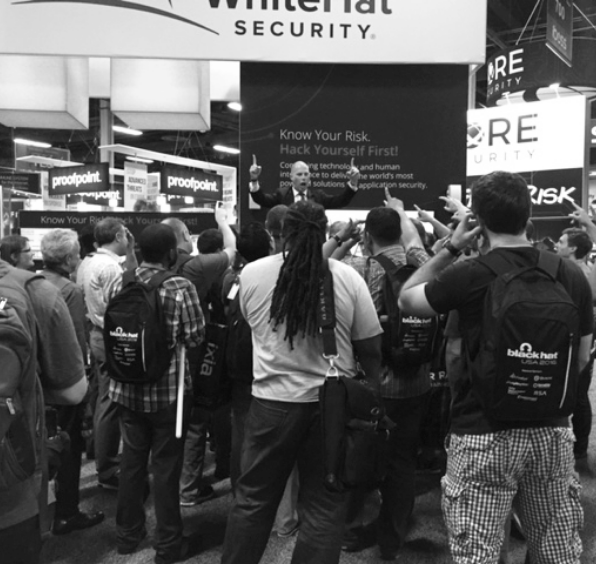Does writing emails to trade show attendees and potential leads feel daunting?
It’s understandable. When you write to potential leads, you know every word and sentence must be strategic. After all, an email could make or break whether they become a customer or not. For example, if the right email gets them to set up a demo at your trade show booth, that may result in them becoming a new customer.
That’s why we’re offering specific tips to write emails to trade show attendees; these will help you craft effective trade show emails.
- Use an active voice.
It’s critical to use words that are active, rather than passive. For example:“Based on 3 years of data, I believe that this product will boost your internet speed by 15%.”
“Based on 3 years of data, it is believed that this product would boost your internet speed by 15%.”An active voice presents more confidence and shows you and your company as an expert. This shift will help your emails for trade shows sound more credible.
- Speak in a conversational tone.
Write emails that are professional AND conversational. Professional does not have to mean overly long sentences with complex vocabulary words. In fact, lengthy, synonym-packed wording can turn people off.Here is an easy test: Read it out loud and see: “Does this sentence sound like something I would actually say in-person at a business meeting?” If not, adjust accordingly.
For example, rather than write:“It would be my utmost pleasure to gregariously banter with you at a time next week that is best for your schedule and place that is ideal for you, as well. My schedule has optimum availability on the afternoons of both Monday and Wednesday.”How about:
“It’d be great to speak next week; I’m available Monday and Wednesday afternoon. How does a meeting on one of those days work for you?” - Write to one, unique individual.
Even if you’re sending a trade show email template to hundreds or thousands of people, you must still have the reader feel like the email is speaking directly to them. Therefore, write as if you are speaking to only one person – like a real-life conversation. (Highlighting Point #2.)
- Have a specific Call to Action.
Write the email with a strategic Call to Action in mind. Let’s say the intention is to book an appointment at your upcoming trade show. Every word and sentence in that email should support that desired CTA. Only use information that is helping to persuade the reader to that goal.
Most importantly, end the email on that note. Finish the message with the request for booking an appointment for the upcoming trade show!
- Cut the fluff.
Above all, remove everything you do not need. No long paragraph intro of niceties. Get to the point because most people have many emails to wade through. They will appreciate how short and concise your message is!
How to Improve Writing and Get More Leads at Trade Shows
Just like anything, writing takes practice. The more you write and evaluate feedback, the better your writing will become.
The same goes for gaining potential customers at a trade show. The more you practice talking and presenting at a trade show, the more effective you will be.
If that’s an area you could use some assistance with, consider proven, data-backed trade show training.




